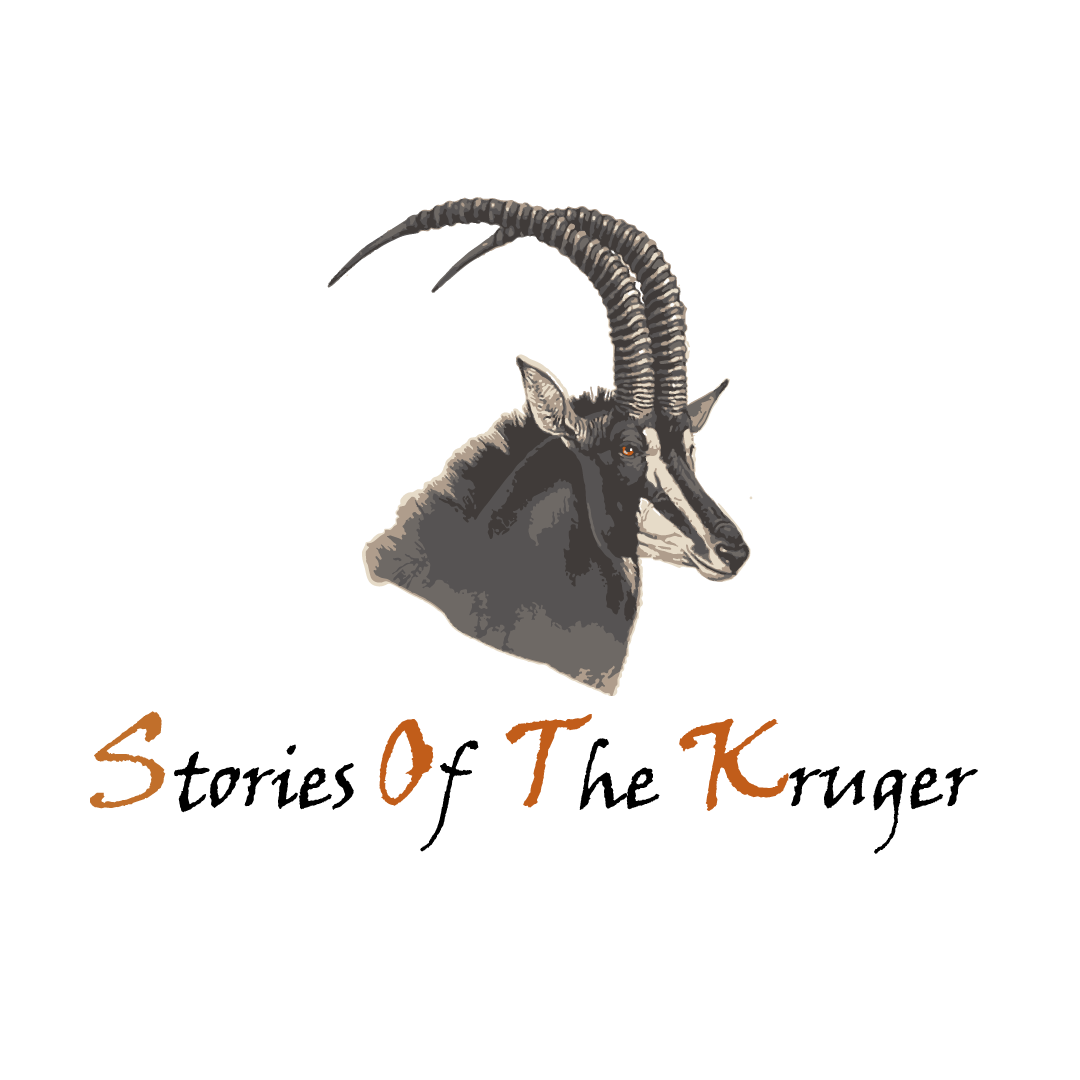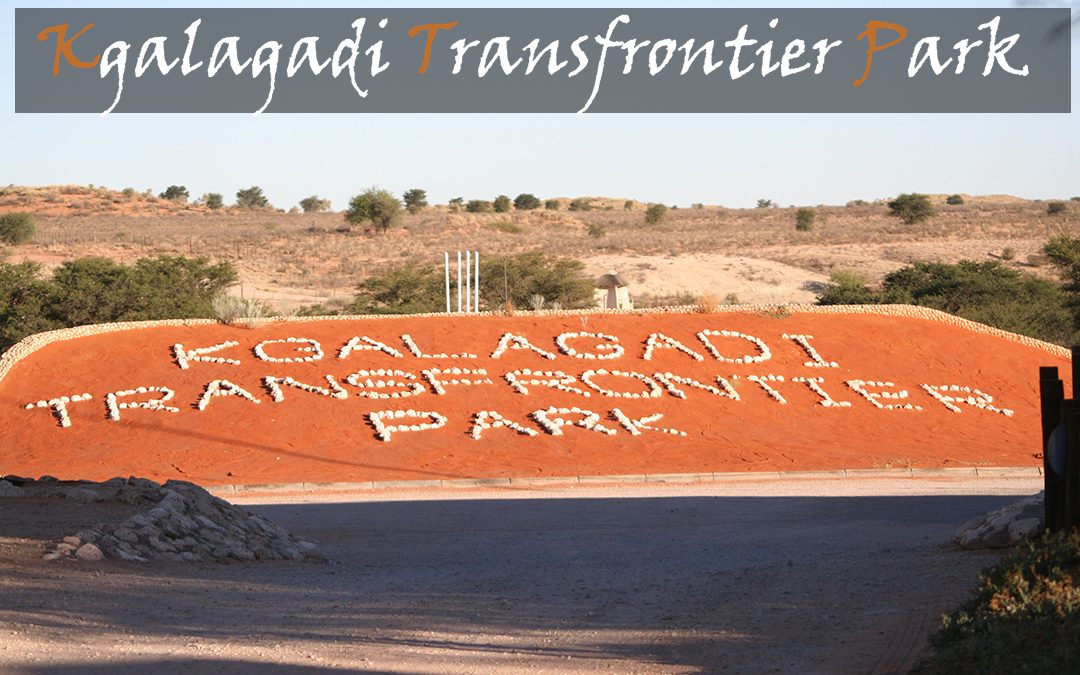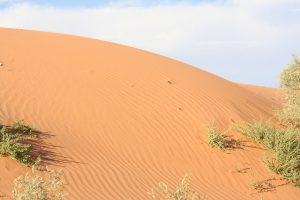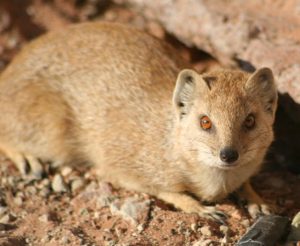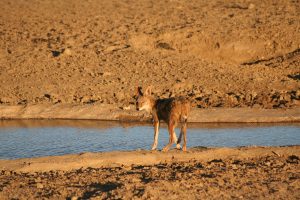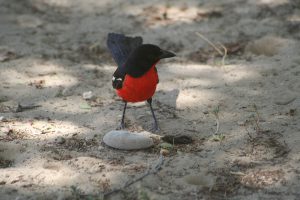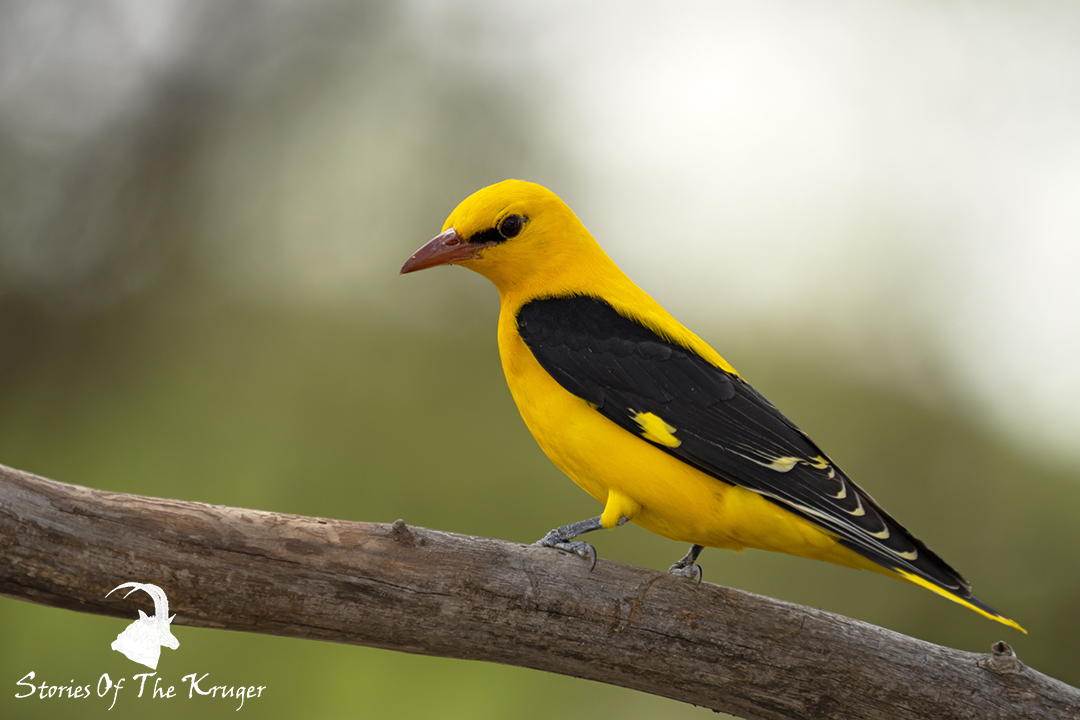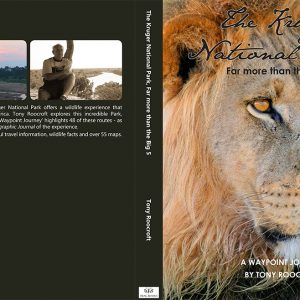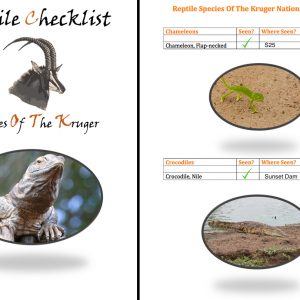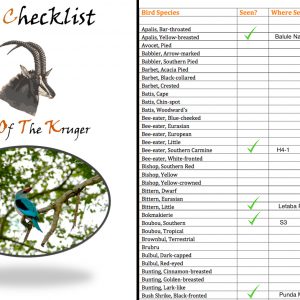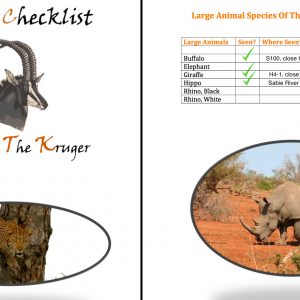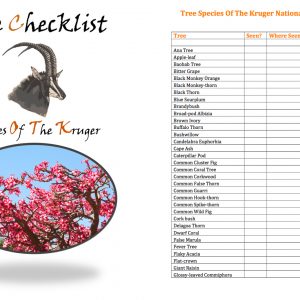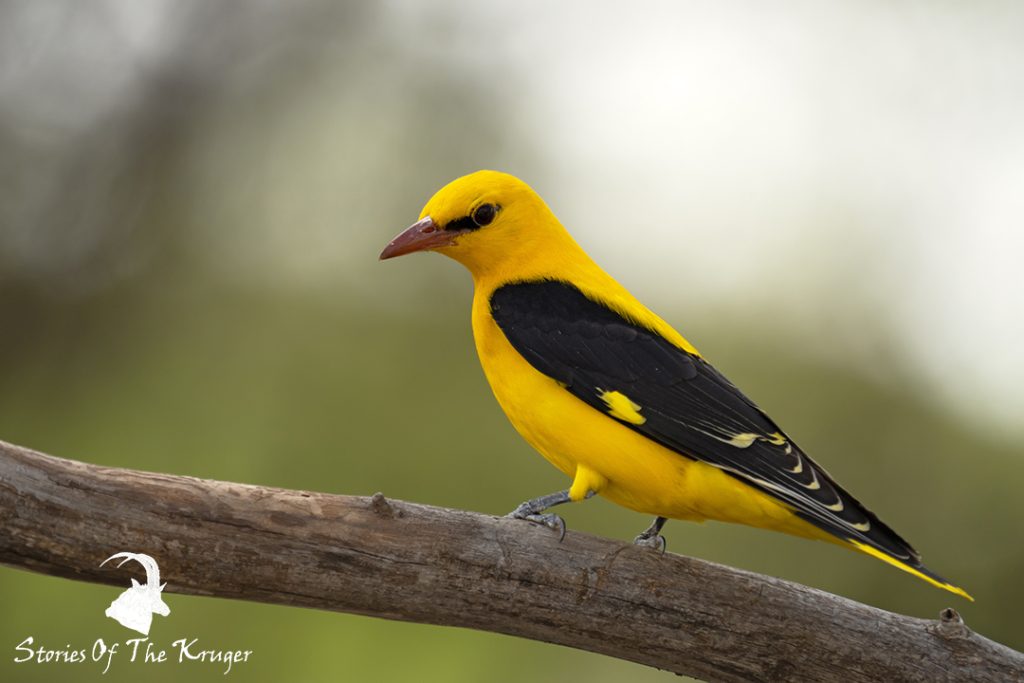The Kgalagadi Transfrontier Park – One Of the Best
Information On The Kgalagadi Transfrontier Park
The Kgalagadi Transfrontier Park is my second favourite game reserve and National park in South Africa. This true arid wilderness plays host to some impressive wildlife, all sorts of species.
The Kgalagadi Transfrontier Park was originally the Kalahari Gemsbok National Park (Proclaimed officially in 1931) and covered the vast Kalahari Desert between the dry Auob and Nossob Rivers. These rivers really do flow once in a blue moon, and even after heavy rains and a good rainy season often remain bone dry, despite a few pools. The Nossob River last flowed in 1964, while the Auob River last flowed in the 1970’s.
The Kgalagadi Transfrontier Park was proclaimed in 1999 as a Peace Park that joined Botswana and South Africa. The Kalahari Gemsbok National Park (South Africa) and the Gemsbok National Park (Botswana), officially became one, allowing animals to follow their migration routes once again in search of food and water.
More Insight Into The Kgalagadi Transfrontier Park
The Kgalagadi Transfrontier Park also borders Namibia, which has it’s own vast part of the Kalahari Desert. The word Kgalagadi means the thirst land or the land which dried up.
The Kgalagadi Transfrontier Park is approximately 3.6 million hectares in size, a bit less than 15 000 square miles or 38 000 square kilometers. The South African part of the Park only covers about a quarter of the full size of this magnificent reserve.
We were lucky enough to be in the Park when rain started belting down between Twee Rivieren and Nossob Camps. It was such an amazing thing to witness. The rain managed to draw out all sorts of animals from the 40-degree heat, including a Leopard, something you do not see very often in the Kgalagadi. We were so fortunate to see this beautiful creature, but unfortunately the sighting was quick, even though the Leopard was not bothered by us at all. Rain and Leopard, was a special occasion that was!
A lot of the wildlife seems to be content with visitors and cars. Twee Rivieren rest Camp is a great place to Ground Squirrel and Yellow Mongoose, and you can get really close up to these beautiful mammals. The Black-backed Jackals also do not seem to be bothered by people.
Kgalagadi Transfrontier Park Wildlife
The animals and birds are prolific in the Kalahari, even though it is a desert environment, and the Kgalagadi Transfrontier Park also plays host to a variety of reptiles. We have seen Chameleons here, Cape Cobra, Agama’s and an amazing sighting of a Tawny Eagle that caught a Mole Snake.
The insects and arachnids are out and about as well.
Kgalagadi Transfrontier Park Mammals
A special sighting is seeing the Kalahari Giraffe, of which only a few still exist. They can often be seen close to Mata Mata Rest Camp and we have been fortunate enough to see them on 3 occasions.
The predators in this Park are World-renowned, and the black-maned Kalahari Lions are incredibly famous, known for hunting and taking down big prey animals like Eland. Lions are quite common, and you have a good chance of seeing Cheetah as well. Black-backed Jackal and Bat-eared Fox are fairly common, and if you are really lucky you might be able to spot Brown Hyaena, Cape Fox, Leopard, Honey Badger and African Wild Dog. At the Nossob Rest Camp hide, I witnessed a Cape Fox come to drink, then a pair of Bat-eared Foxes an hour or so later drinking as well, it was unbelievable.
Other predators include species such as the African Wildcat, Caracal, Spotted Hyaena, Black-footed Cat, and small predators like Mongoose, Genet and Polecat.
The antelope are common, with the Springbok and Blue Wildebeest being the most predominant. Gemsbok, Red Hartebeest, Kudu, Eland, Steenbok and Common Duiker can all be seen.
Nighttime comes alive in the Kgalagadi Transfrontier Park, and all sorts of interesting animals can be seen. Rodents such as Gerbils and Striped Mice are common, and Springhare’s seem to always be full of energy.
Kgalagadi Transfrontier Park Birds
The Kgalagadi is also known for its raptors (birds of prey). You can see some amazing raptors here, especially the “special”, well for me anyway, the Pygmy Falcon. Greater Kestrel, Southern Pale Chanting Goshawk, Tawny Eagle, Black-breasted Snake Eagle, Bateleur, Gabar Goshawk, Lappet-faced Vulture and White-backed Vulture are all fairly common.
Owls can often be seen – Spotted Eagle Owl, Barn Owl and Verreaux’s Eagle Owl are fairly common.
Some of the special birds to look out for (There are around 280 species in the Park) include: Crimson-breasted Shrike, Shaft-tailed Whydah, Violet-eared Waxbill, Black-throated Canary, Double-banded Courser, Kori Bustard, Denham’ Bustard, Great Sparrow, Sociable Weavers, Northern Black Korhaan, White-browed Sparrow Weaver, Yellow Canary, Common Scimitarbill, Kurrichane Buttonquail, Burchell’s Sandgrouse, Namaqua Sandgrouse, Southern Pied Babbler and so, so many more!
The Kalahari desert with it’s beautiful, yet harsh, landscape and red sand dunes leaves you in awe once seen, and at the time of writing this I have been lucky enough to visit the Kgalagadi Transfrontier Park twice. I hope to visit this magical place once more, and take in everything that it has to offer.
Check Us Out On YouTube
Subscribe to our YouTube channel and watch all our videos, listen to bird calls, animal calls and more!
